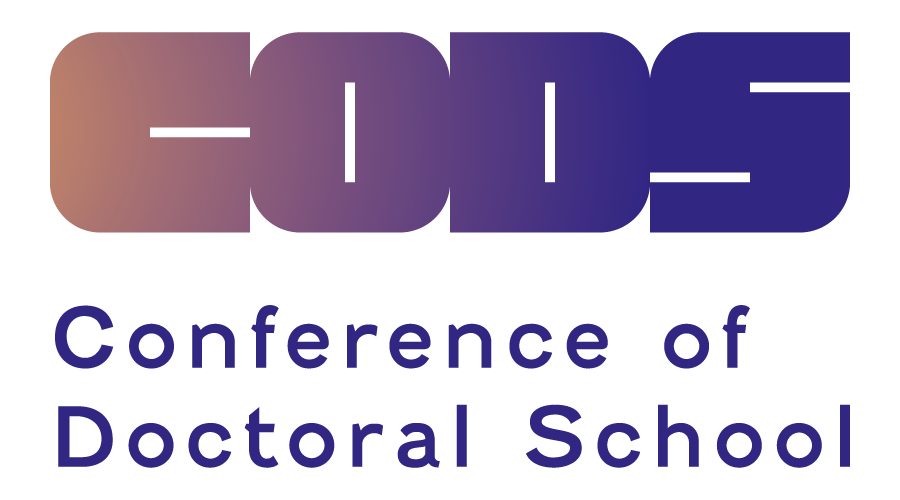
Nadia Markiewicz
PhD Candidate, Doctoral School, Jan Matejko Academy of Fine Arts in Cracow
BIO
Nadia Markiewicz (1992, Warsaw). A graduate of the Studio of Spatial Activities of prof. Mirosław Bałka at the Academy of Fine Arts in Warsaw (MFA, 2020). Also studied at the Gerrit Rietveld Academie in Amsterdam (2010-11) and during an internship at the Studio of Performance at FaVU VUT in Brno led by Julie Béna and Jakub Jansa (2021). Received the Europe Beyond Access award granted by Zachęta National Gallery of Art in Warsaw and British Council in 2021 and the Grand Prix at the 10th Biennale of Young Art Rybie Oko (Baltic Gallery of Contemporary Art in Słupsk, 2022). She took part in the School of Expressions residency in PLATO Ostrava (2019) and in Kem School (in 2021 as a participant, in 2022 as a lecturer). Currently a PhD candidate at the Jan Matejko Academy of Fine Arts in Cracow. Tackles the subject of time, entertainment and the disabled body through installations, videos and performative actions.
Presented her works and performances at, among others, Kunsthalle Bratislava (2022), Galeria Miejska Arsenał in Poznań (2022), Zachęta National Gallery of Art in Warsaw (2021), Sto Lat Gallery in New York (2021), BWA Warszawa (2021), Punkt Odbioru Sztuki in Łódź (2019), at Survival Art Review in Wrocław (2018), Galeria Labirynt in Lublin (2017).
Abstract
Cultural representations of the Freak Show
At the intersection of the histories of disability and entertainment is an important yet infamous cultural phenomenon – the freak show. The rippling effect it had on social attitudes towards the extraordinary body affects my impulse to take a closer look at what it was actually like to attend one, what it looked like and how it felt. On the journey to gather as much visual information as possible, I started off by looking at Google Images results and ended up at an actual contemporary freak show, exploring imaginations rendered in video games and talking to residents of Gibsonton, Florida along the way. The choreographies, spatiality and decor of the historical ancestor of the reality show vary from case to case, especially when filtered through pop cultural reimaginings of the original circus sideshow. Most importantly, a variety of performers had graced its stages — each one of them with two biographies, the real one and the fake backstory, created to emphasize their impact on the audience. This journey through images of spaces, animations, compilations of ebay-hunted portraits and modern day performative reenactments attempt to give a glimpse of a long gone tradition that was as much discriminating as it was emancipatory.
Keywords: freak show, otherness, performance, disability
